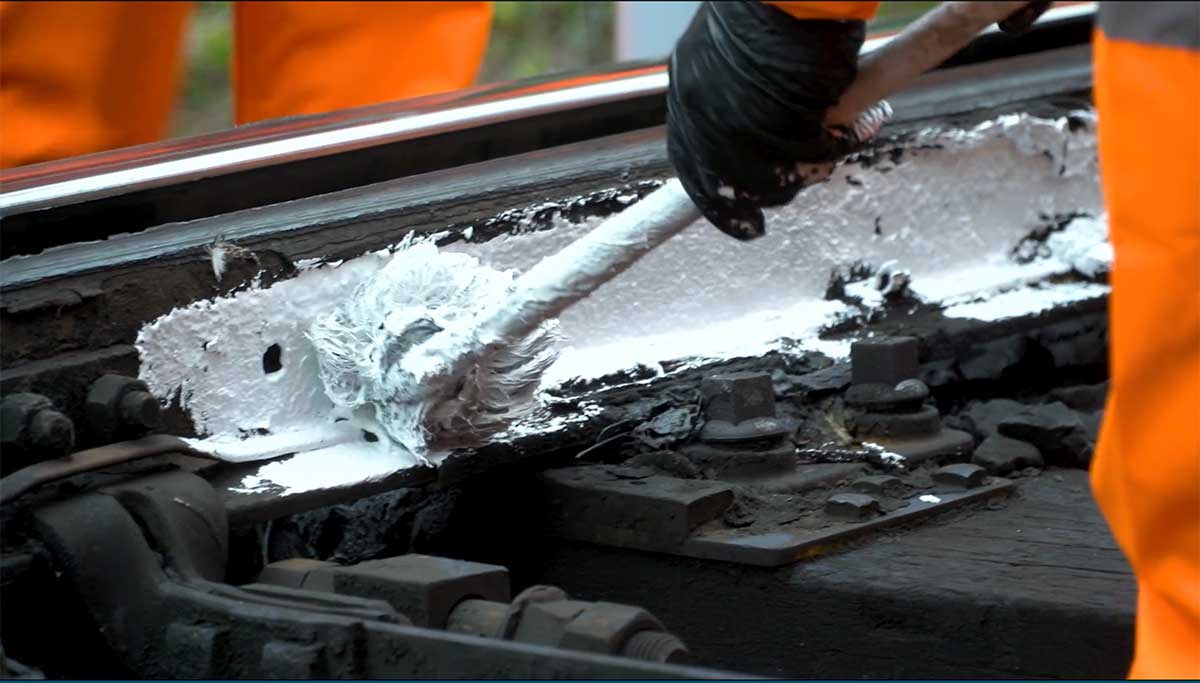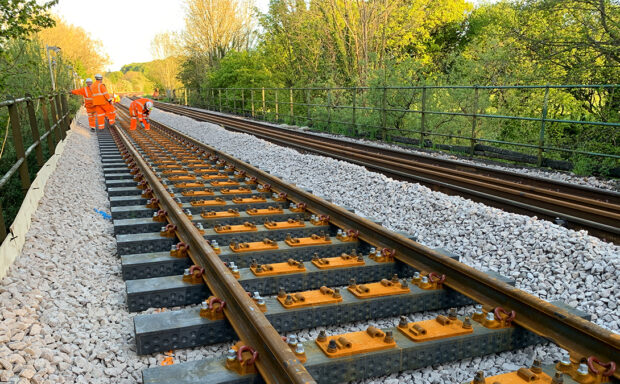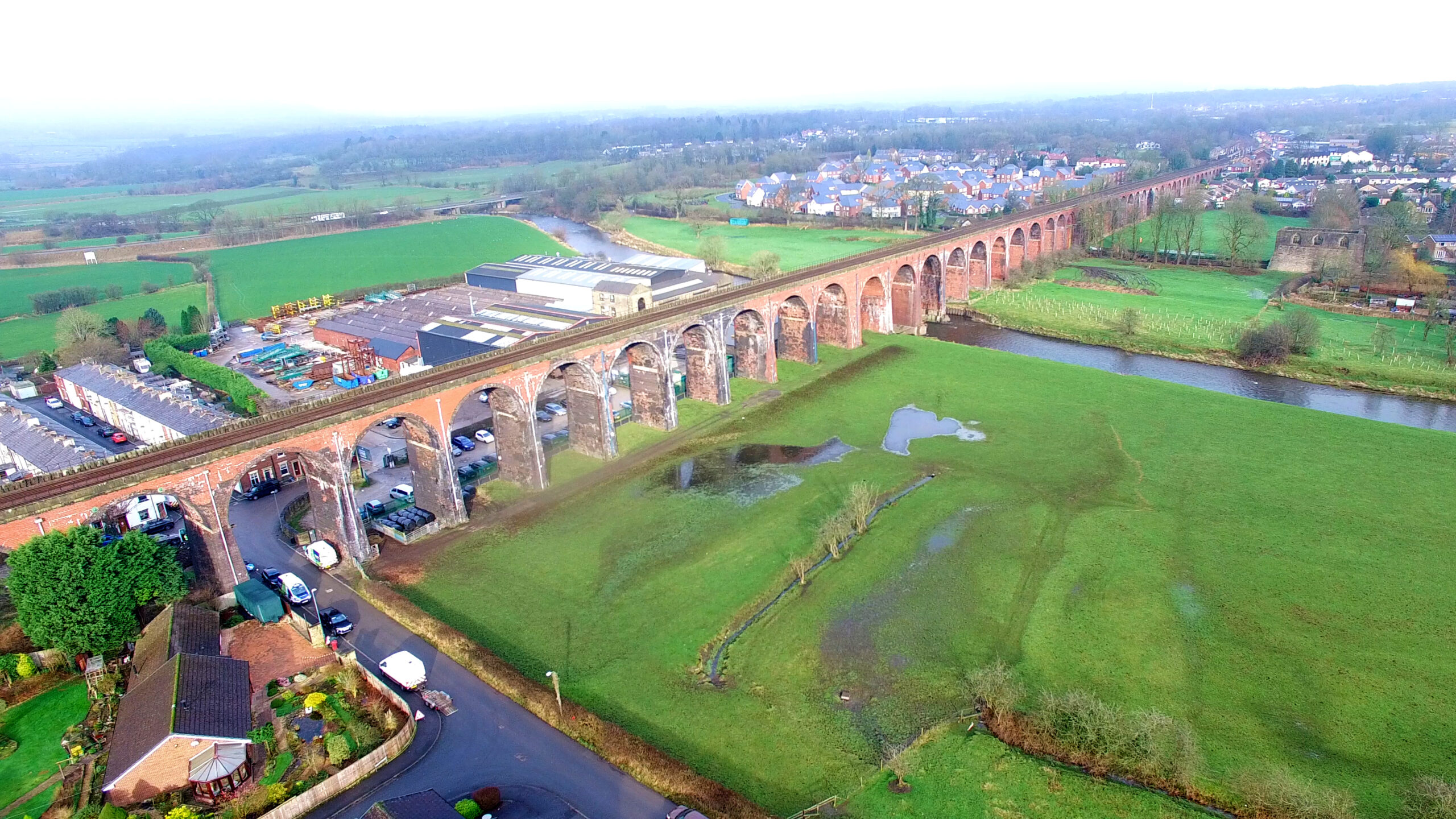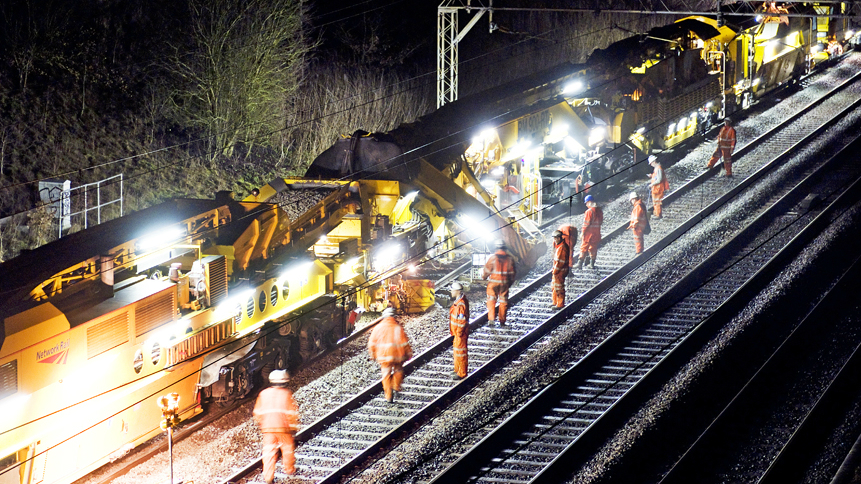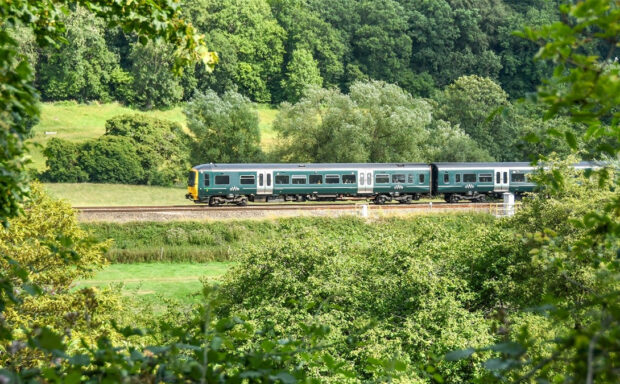Record temperatures hit Britain this week, severely impacting the railway – and your journeys.
Here are seven ways we worked to keep you safe …
Extreme temperatures are a real issue for the railway. Heatwaves, like the one we are experiencing now, have caused widespread disruption and damage to our infrastructure.
Luckily, our teams have been ready to respond.
1 – Resilience task force launch
We launched a task force led by independent experts to investigate and make recommendations on how we can develop our approach to resilience during hot weather following the unprecedented heatwave.
The task force will consider four main areas, each led by an independent expert in their field
. Three of these areas will focus on gathering insights from other countries and making comparisons with international railways that are more used to dealing with extreme heat and fluctuations in temperature.
This approach will help make the railway more resilient to hot weather – and reduce disruption in extreme temperatures.
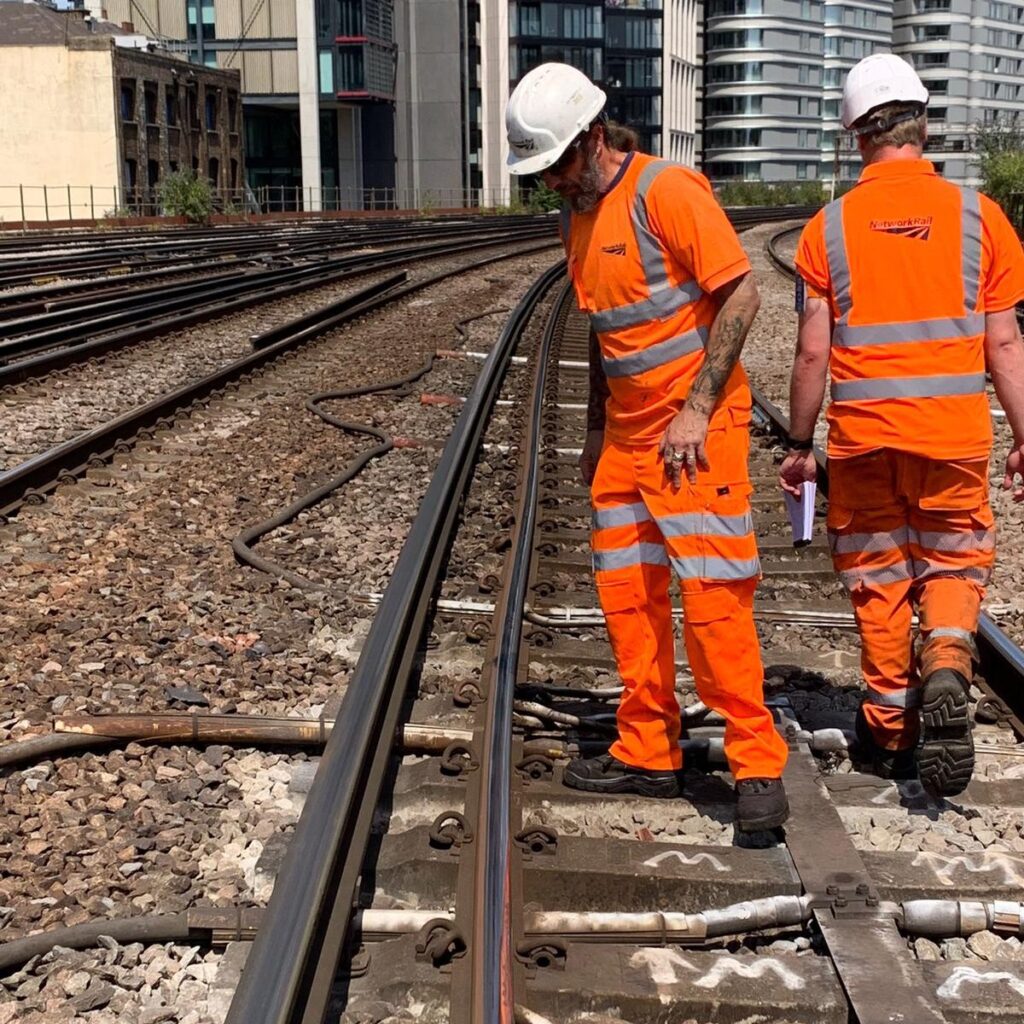
2 – Forecasting and monitoring
We worked closely with specialist weather forecasters and local weather stations to better identify and respond to hot weather incidents.
Our teams had also installed 60 solar powered weather stations to monitor the weather and track temperature in real time.
The use of weather forecasting allows us to respond more efficiently to localised issues, rather than imposing route wide speed restrictions and closures. That means we can still keep you moving when it is safe to do so.
3 – Closures to keep you safe
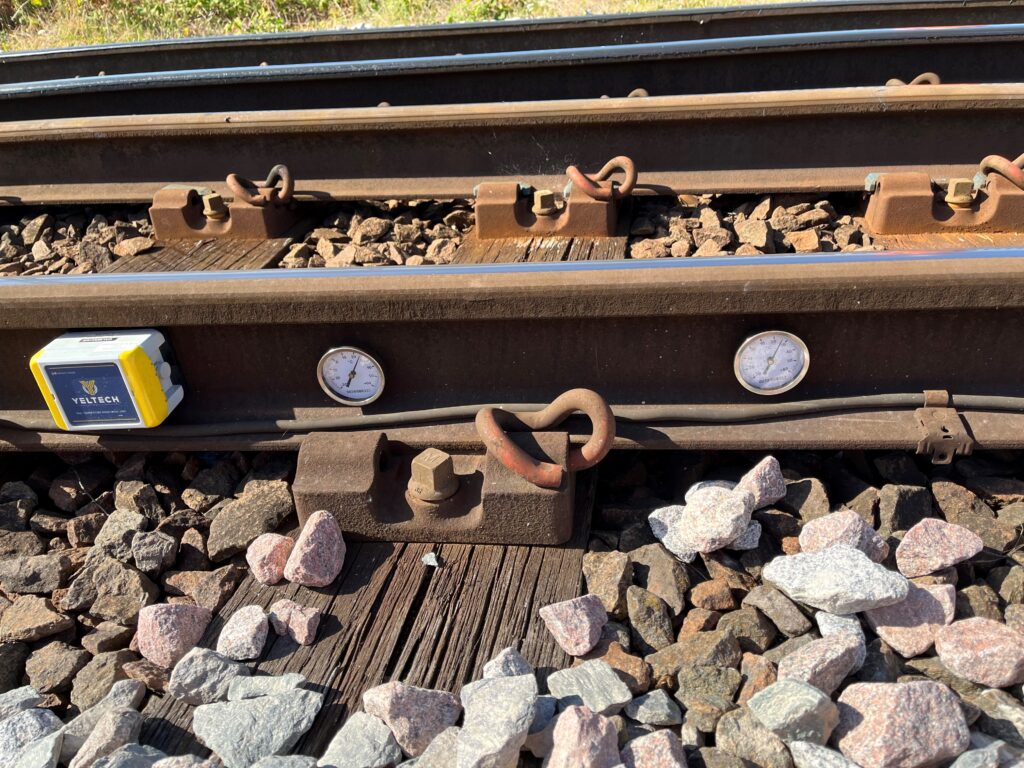
We had to close parts of the railway to prevent emergencies such as derailments and keep you safe.
We can’t safely run services during extreme temperatures higher than what our infrastructure was designed for.
We had to make the tough decision to close the East Coast Main Line to prevent you from getting stranded – and even prevent derailments.
Meanwhile, services stopped running out of London Euston after a fire next to the West Coast Main Line and a tree blocked the tracks.
4 – Changing travel advice
We adapted our ‘only travel if necessary’ message to ‘do not travel‘ when the situation became more severe.
All Thameslink and Great Northern services were cancelled, and a limited service ran into and out of London Euston and London Marylebone.
This was to prevent you from travelling into the red weather warning zone and to avoid any severe service or infrastructure issues, such as a derailment.
5 – Bouncing back from buckles
Our teams worked around the clock to respond to many incidents of buckled rails.
Rails buckle in extreme heat because the temperature of the rails can easily rise to 20 degrees higher than the surrounding air temperature.
Our hottest rail was recorded yesterday at 62°C in Suffolk, causing it to expand, bend and break.
In fact, rail can expand so much in such extreme temperatures – about 30cm for each kilometre of rail – that our 30,000km of railway stretched by 9km on Tuesday.
We were out on site repairing buckled rails and painting the hottest rails white to reduce their temperatures and prevent more problems.
6 – Stopping sagging overhead line equipment
We responded to issues with overhead line equipment, which powers electric trains, all over Britain.
One such incident, near Glasgow Queen Street station, meant we had to close the line so we could investigate.
Overhead lines can sag and drop in extreme heat and become a hazard for oncoming services. This is because they get stuck in the equipment on trop of carriage that takes the electricity current to the train.
When overhead lines sag, we need to turn the electricity off and stop all trains from running on that line.
Thankfully, our teams in Scotland repaired the overhead lines within hours of the incident and installed specialised weights to prevent them from sagging in the future.
7 – Hydration for the nation
Your wellbeing is as important to us as the safe running of the railway. Across Britain, we reminded everyone to drink plenty of water and carry refillable water bottles.
We have free cold-water refill fountains at Britain’s biggest railway stations and friendly station staff to point you in the right direction.
And did someone say ‘ice cream?’ If your journey was absolutely necessary, you may have been lucky enough to receive a free ice cream at one of our stations.
Our teams did their best to help keep you hydrated, as cool as possible and safe on your journeys.
Read more:
- Network Rail launches resilience taskforce in wake of record-breaking heatwave
- Network Rail and train operators upgrade travel advice to do not travel
- Hot weather and the railway
- New weather stations closely monitoring the railway
- Red weather warning East Coast Main Line to close
- Red weather warning do not travel north of London
- Why rails buckle in Britain
